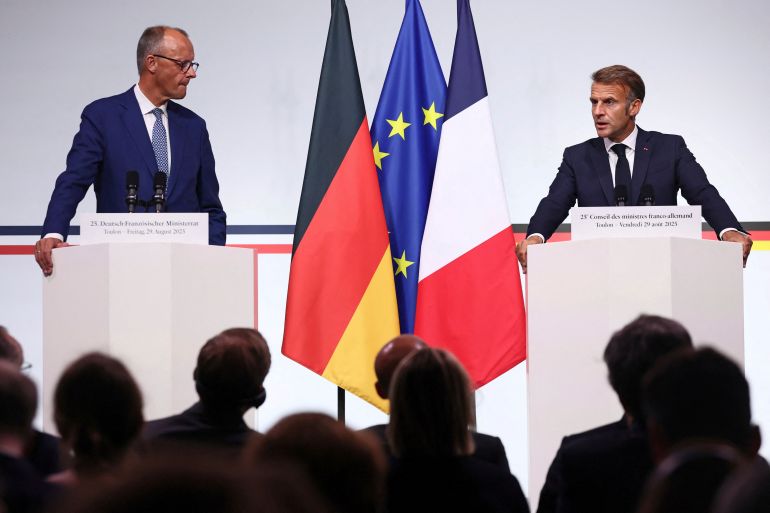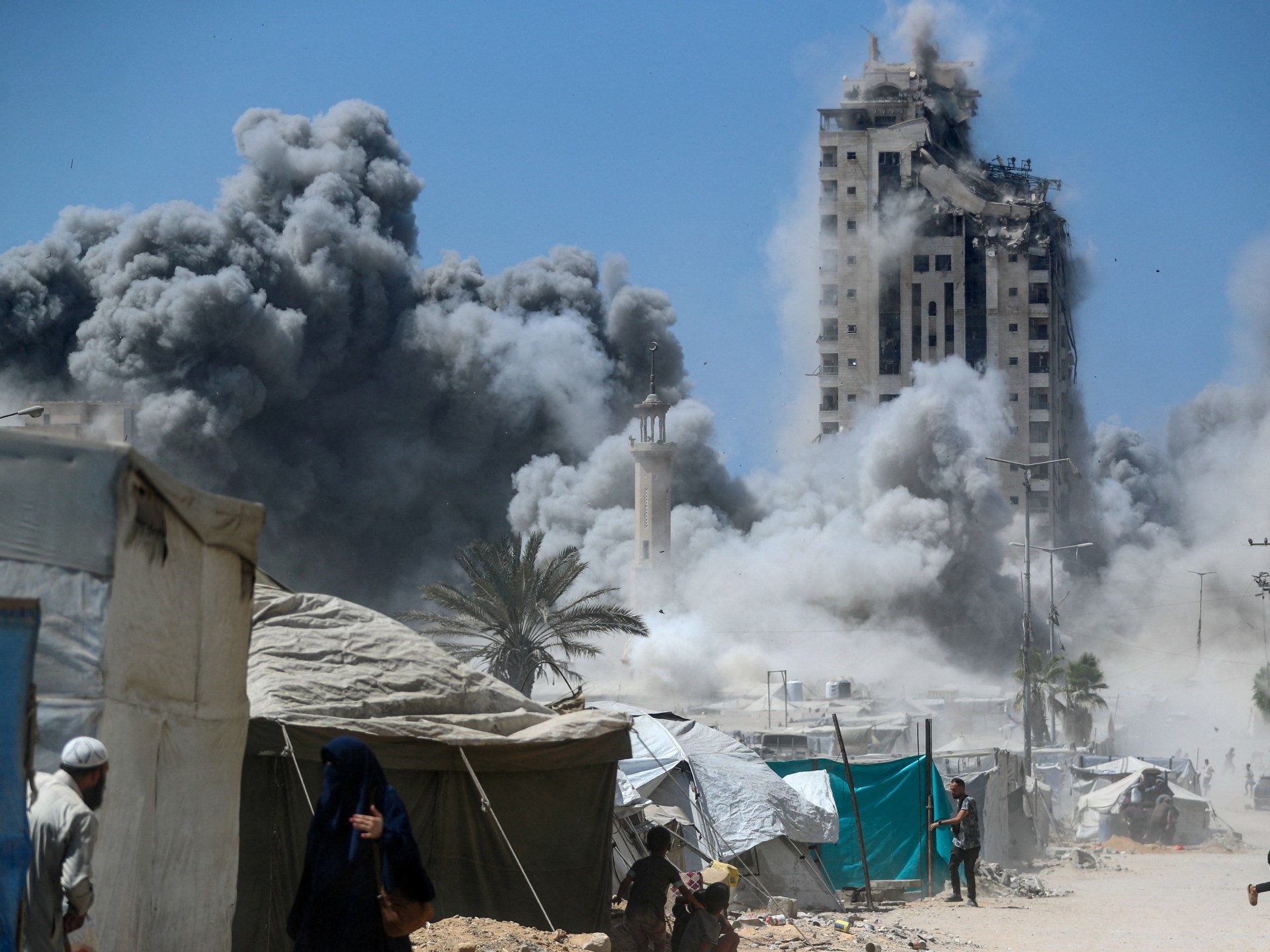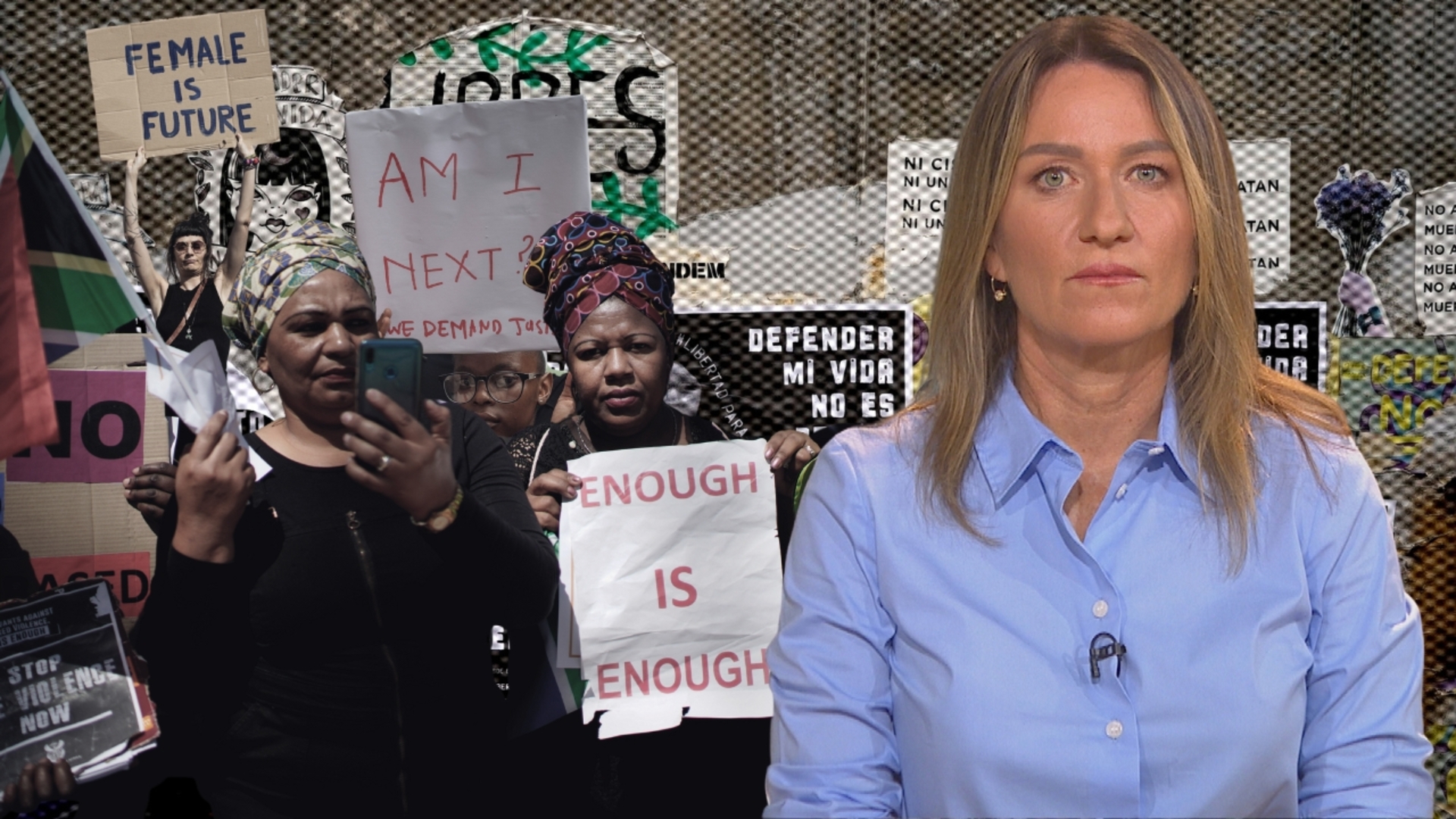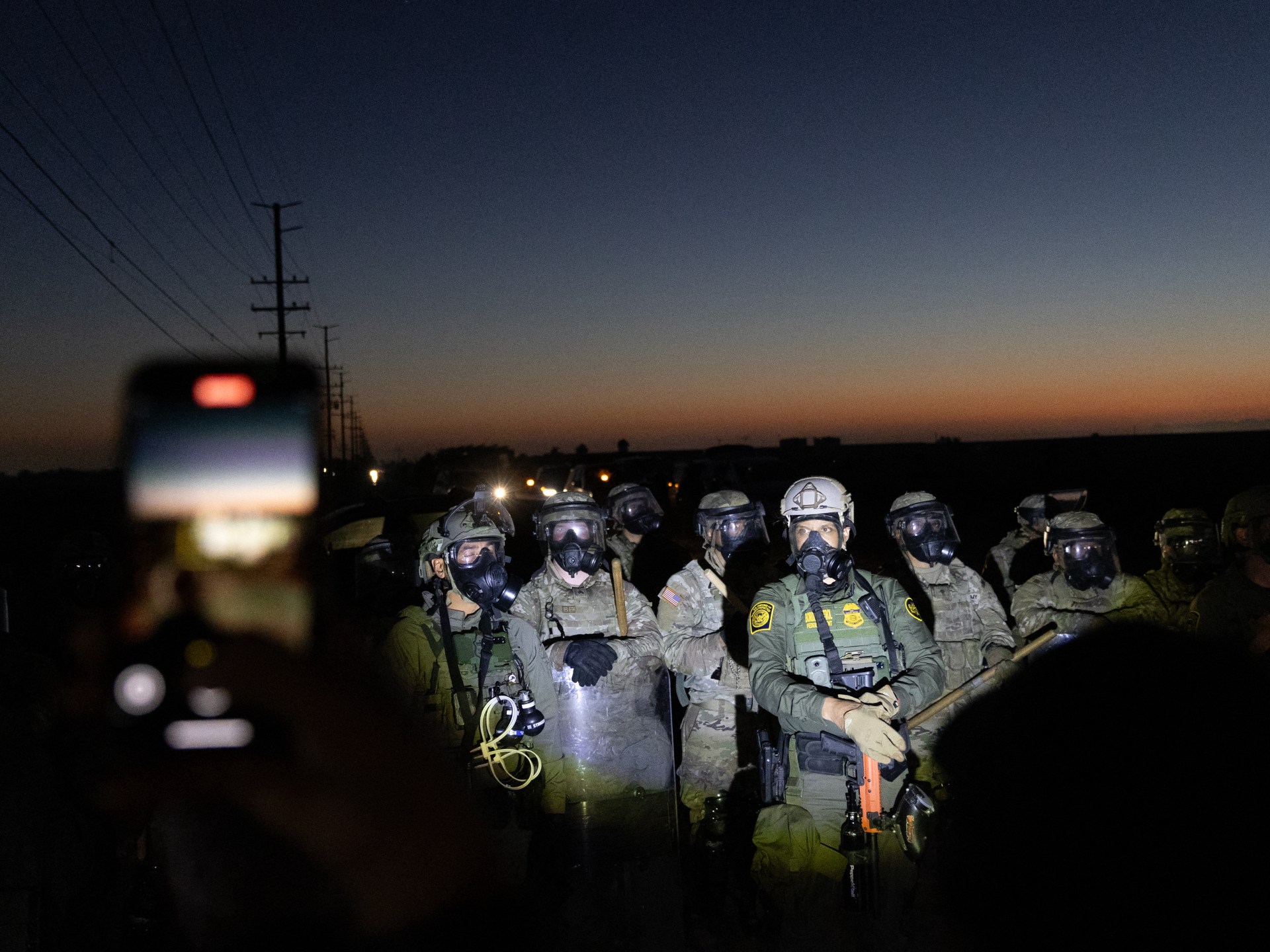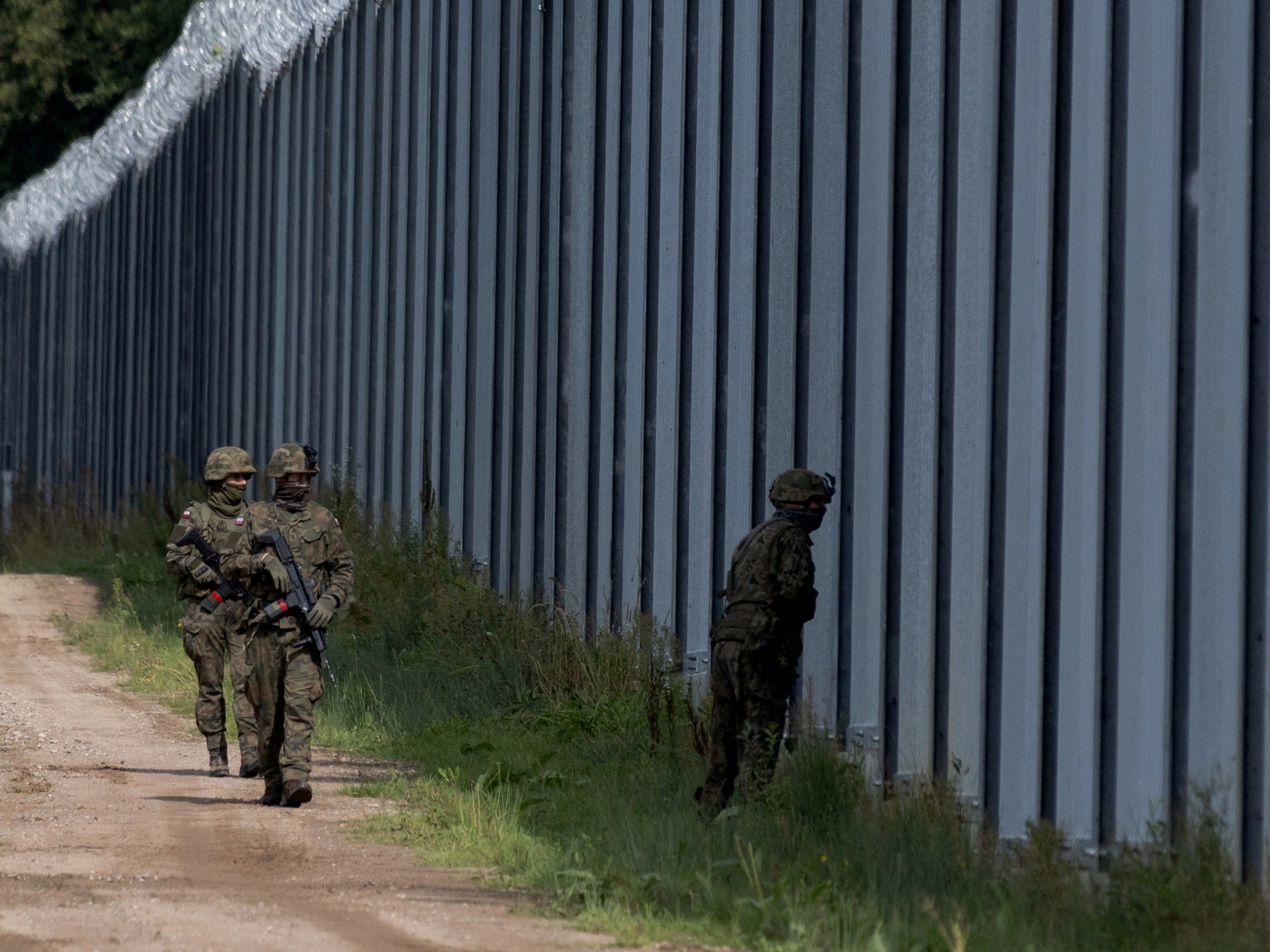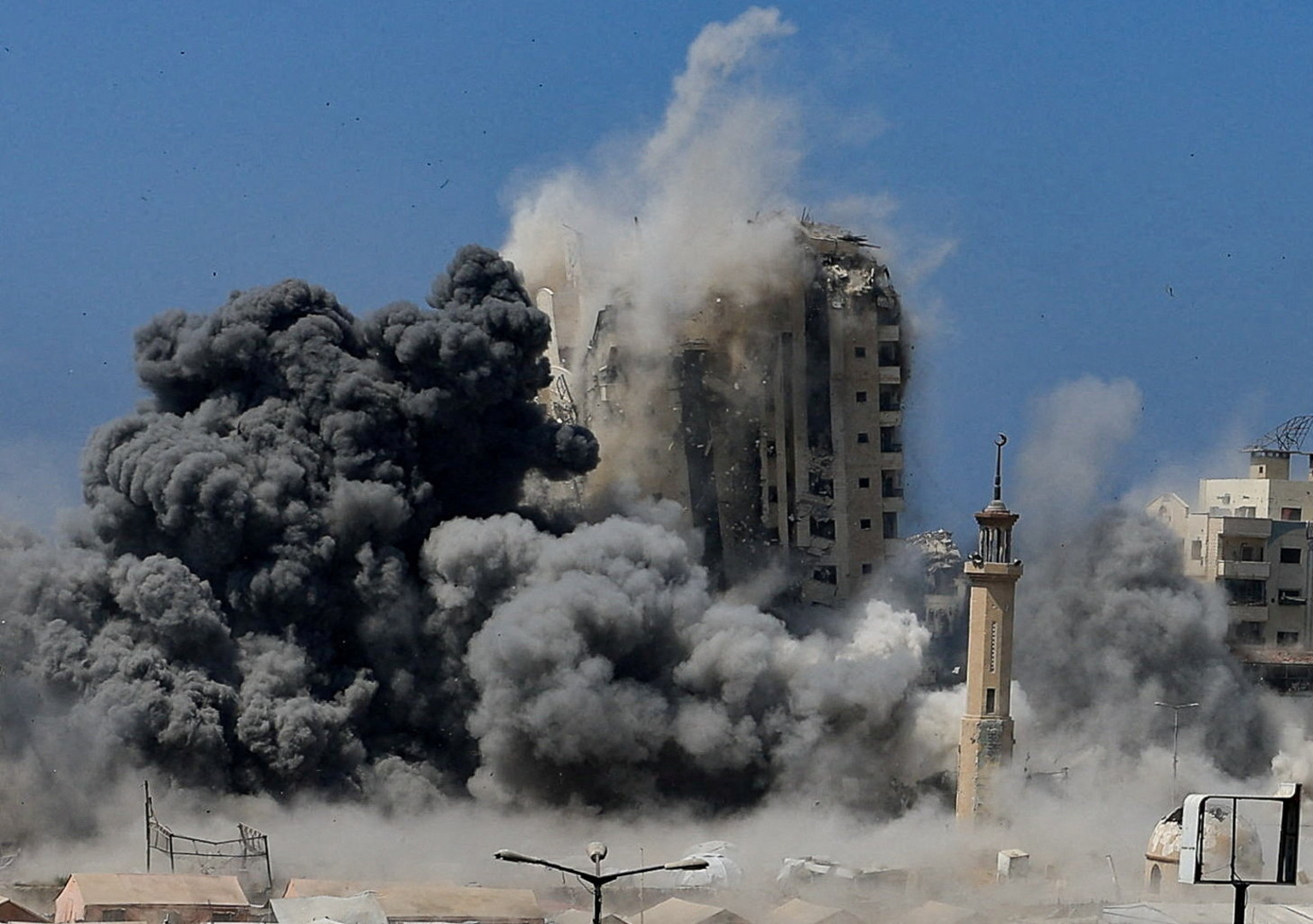French President Emmanuel Macron announced on Thursday that 26 countries had promised to send troops or provide other military assistance to Ukraine after the war ends in a bid to guarantee security in the country.
Macron’s announcement came after a meeting of the so-called “coalition of the willing” in Paris on Thursday.
Recommended Stories
list of 4 itemsend of list
So what is the coalition, what has it announced, and how have Ukraine and Russia reacted?
What is a ‘coalition of the willing’?
A coalition of the willing is a temporary international group created to solve a specific issue or achieve a particular military or political goal.
This coalition comprises countries that share the common goal of providing Ukraine with security guarantees. They are predominantly European nations, but also include Australia, New Zealand, Japan and Canada.
The coalition was first announced by British Prime Minister Keir Starmer last March.
Back then, Starmer said the coalition would comprise countries that are willing to join forces and devise a sustainable peace plan for Ukraine, to take effect after a peace deal is signed.
What was agreed at the meeting in Paris?
Leaders of 35 countries attended the meeting. Ukrainian President Volodymyr Zelenskyy, Polish Prime Minister Donald Tusk and European Commission President Ursula von der Leyen were among leaders to attend in person, while others attended online.
In Paris on Thursday, 26 coalition members agreed to send troops or provide other assistance to Ukraine after its war with Russia is over.
“We have today 26 countries who have formally committed – some others have not yet taken a position – to deploy a ‘reassurance force’ in Ukraine, or be present on the ground, in the sea or in the air,” Macron told reporters after the meeting.
Macron did not name the 26 countries, nor did he specify the number of troops that would be deployed.
“We are ready, we the Europeans, to offer the security guarantees to Ukraine and Ukrainians the day that a peace [accord] is signed,” Macron said.
Troops would not be sent to the front lines, but they would aim to prevent future conflict from breaking out.
He added that the United States’s contribution to the security guarantees would be finalised in the coming days.
Some European countries, including Germany, Spain and Italy, have not yet committed to sending their own troops but have offered to help in other ways, such as financially or by providing training.
German Chancellor Friedrich Merz told the summit that Germany’s decision to send troops would depend on whether the German parliament approves such a move, and the nature of US involvement in the security guarantees.
“The focus must be on financing, arming and training the Ukrainian armed forces. Germany has become Kyiv’s most important partner in this area. The German government is prepared to expand this,” Merz said, according to spokesman Stefan Kornelius.
How has Ukraine responded?
Zelenskyy made a series of posts on his X account recapping the meeting and lauding the progress that was made on Thursday.
In a post, Zelenskyy wrote: “The Coalition of the Willing is working very actively – military, political, advisory levels. We already understand the basis for real security guarantees. The framework is there. Guarantees are not only about ‘someday’ – they are also about the present.”
In another post, Zelenskyy continued, saying the basis for the plan, in terms of forces and concrete steps, is ready.
“We define which countries will take part in particular security components: who on land, who in the air, who at sea, who in cyberspace, who, even without their own forces, can contribute financially.”
Precise details about these guarantees have not yet been made public.
How has Russia responded?
Russia has rejected the notion of foreign troops entering Ukraine, even after a peace deal is struck.
Russian President Vladimir Putin said on Friday that any Western troops on the ground would be deemed “legitimate targets” by the Russian military.
“If some troops appear there, especially now during the fighting, we proceed from the premise that they will be legitimate targets,” Putin said at the Eastern Economic Forum in the far eastern city of Vladivostok.
Russia earlier rejected any discussion of the deployment of foreign forces in Ukraine.
Maria Zakharova, Moscow’s Ministry of Foreign Affairs spokesperson, said on Thursday that Moscow refused to consider the idea of an international post-conflict security force “in any form”.
Zakharova told reporters: “Russia is not going to discuss the fundamentally unacceptable and security-undermining foreign intervention in Ukraine in any form, in any format.”

Where do peace negotiations stand?
During his election campaign last year, US President Donald Trump repeatedly promised to promptly end the war in Ukraine if he were elected.
However, a peace agreement appears to remain out of reach as Zelenskyy, Putin and Trump have been unable to agree on terms so far.
On March 19, the US, Ukraine and Russia agreed to a 30-day ceasefire, suspending attacks on Russian and Ukrainian energy infrastructure.
Then, on March 25, they announced the Black Sea agreement, pausing the military use of commercial ships and the use of force in the region.
However, both sides have accused each other of breaking these agreements, which have since expired.
Where does the US stand in all of this?
On August 18, Trump met European leaders at the White House to discuss how to bring an end to the war in Ukraine. During this meeting, Trump reversed his earlier calls for a ceasefire in Ukraine, saying a peace agreement would be preferable.
One week before, Trump had met with Putin for a three-hour summit in Alaska, where Putin rejected the idea of a ceasefire before reaching a peace deal and urged Ukraine to surrender territory in the east.
Since then, the US has taken a number of actions to increase pressure on Russia to reach a peace agreement. As part of his trade tariff wars, Trump announced that he was doubling India’s tariffs from 25 percent to 50 percent because of its purchase of Russian oil. He has suggested that such measures may be in store for other Russian allies as well.
“You’re going to see a lot more. So this is a taste,” Trump said in the Oval Office on August 8, after initial tariffs were placed on India.
In July, Trump struck a deal with European NATO countries to sell more US weapons, such as Patriot missile air defence systems, for Ukraine’s use on the front lines. He said Ukraine’s European allies would foot the bill for these weapons.
And, this week, he revealed his irritation with Putin during a news conference in Washington.
“Whatever his decision is [on reaching a peace deal with Ukraine], we’ll either be happy about it or unhappy,” Trump said. “And if we’re unhappy about it, you’ll see things happen,” he said.
Following the Paris summit on Thursday, Trump held a meeting with European leaders in which he is understood to have rebuked those countries which are still buying oil from Russia, although these are mainly countries which are not members of the coalition, such as Hungary and Slovakia.
The EU as a whole is still purchasing a small volume of Russian crude oil, but the European Commission is aiming for a complete phase-out of Russian oil and gas imports by the end of 2027.
